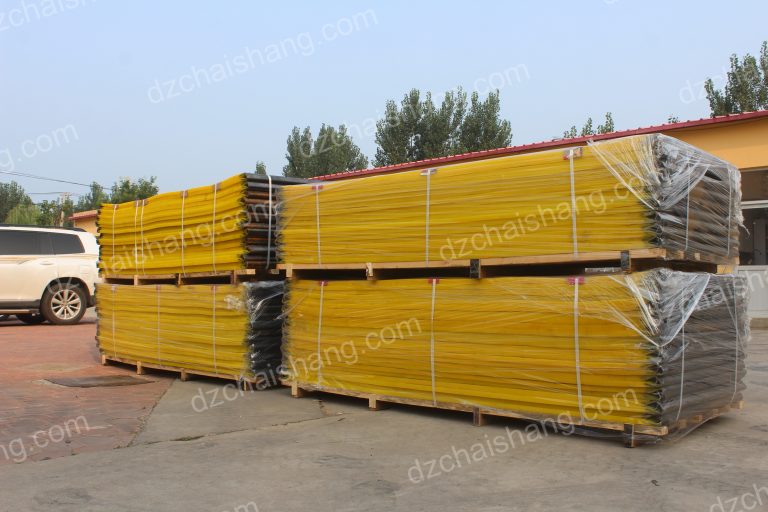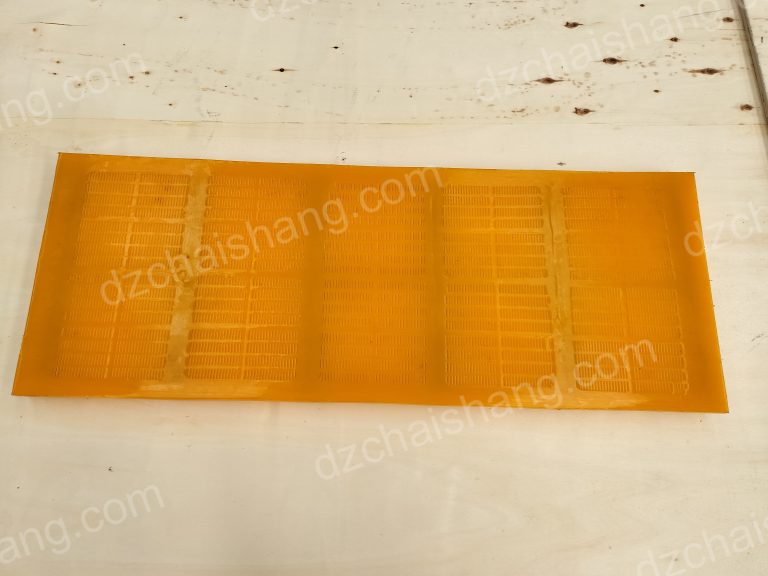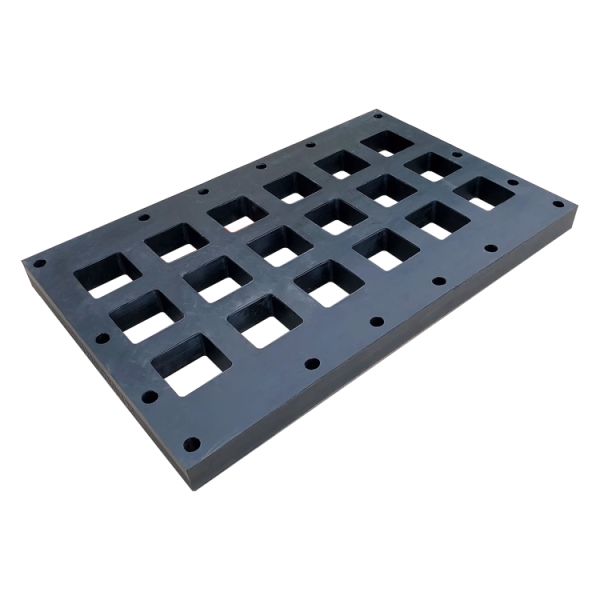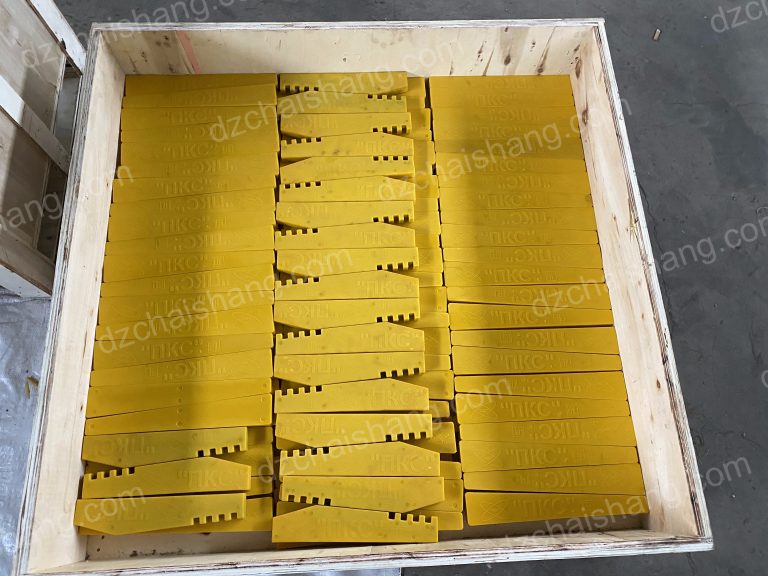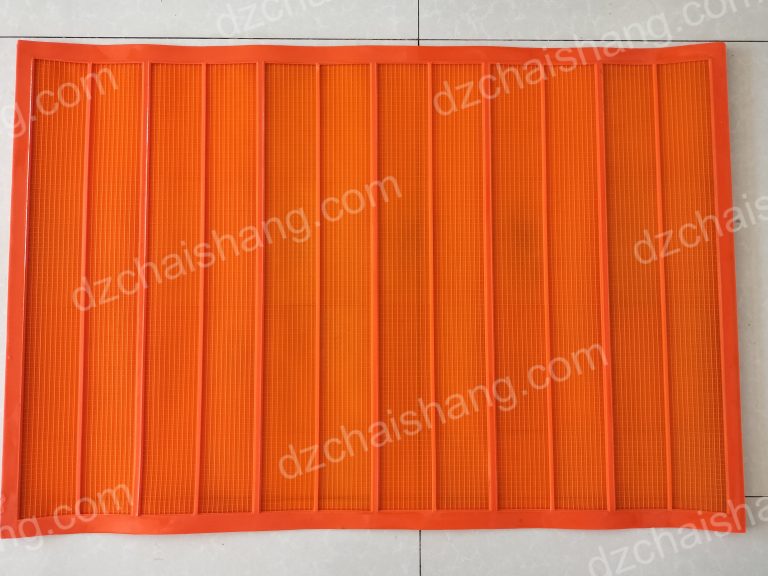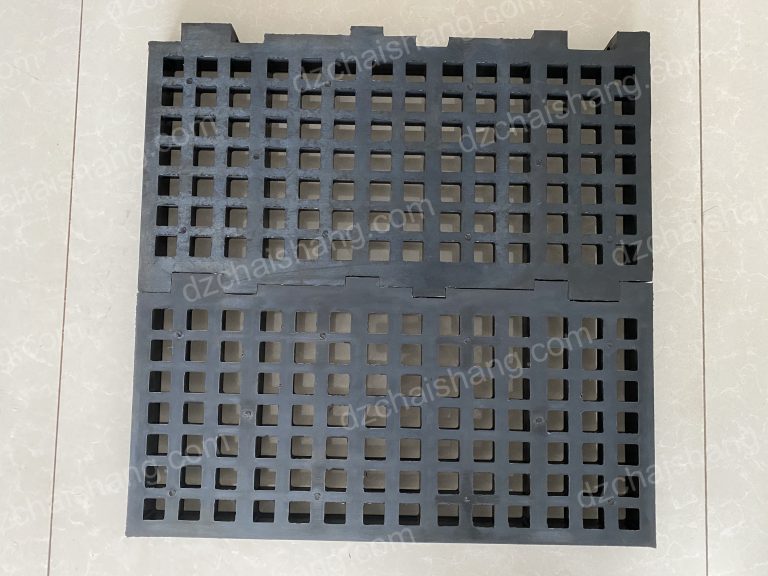Why does the screen block the holes during screening? What’s the solution?
Common Causes of Material Leakage from the Edge of the polyurethane screen
What causes material leakage from the edge of the polyurethane screen?
polyurethane screens are widely used in various industries for their durability and efficiency in separating materials. However, one common issue that users may encounter is material leakage from the edge of the screen. This can be frustrating and can lead to a decrease in productivity. In this article, we will explore some of the common causes of material leakage from the edge of the polyurethane screen.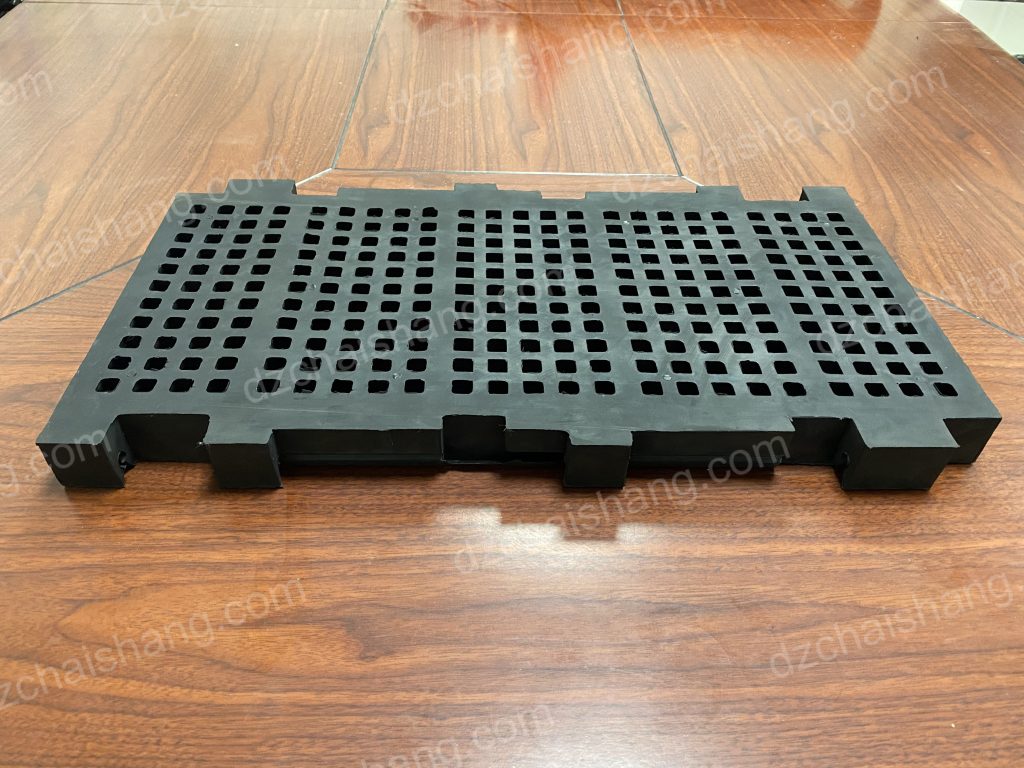
One possible cause of material leakage is improper installation. When the screen is not properly installed, it can result in gaps or spaces between the screen and the frame. These gaps can allow materials to escape through the edges, leading to leakage. It is important to ensure that the screen is securely fastened to the frame and that there are no gaps or spaces that could allow materials to pass through.
Another cause of material leakage is wear and tear. Over time, the polyurethane screen can become worn out or damaged, especially at the edges where it is most exposed to the materials being screened. This wear and tear can result in cracks or holes in the screen, allowing materials to leak through. Regular inspection and maintenance of the screen can help identify any signs of wear and tear and prevent material leakage.
In some cases, material leakage from the edge of the polyurethane screen can be caused by excessive vibration. Vibrations can cause the screen to move or shift, creating gaps or spaces through which materials can escape. This is particularly common in industries where heavy machinery or equipment is used, such as mining or construction. To prevent material leakage due to vibration, it is important to ensure that the screen is securely fastened and that any machinery or equipment causing excessive vibrations is properly maintained.
Additionally, the type of material being screened can also contribute to material leakage. Some materials may be more abrasive or corrosive, causing the polyurethane screen to deteriorate more quickly. This can result in cracks or holes in the screen, allowing materials to leak through. It is important to consider the properties of the materials being screened and choose a polyurethane screen that is suitable for those specific materials.
Lastly, improper cleaning or maintenance can also lead to material leakage from the edge of the polyurethane screen. If the screen is not cleaned regularly or if harsh cleaning agents are used, it can cause damage to the screen and result in cracks or holes. It is important to follow the manufacturer’s guidelines for cleaning and maintenance to ensure the longevity and effectiveness of the screen.
In conclusion, material leakage from the edge of the polyurethane screen can be caused by various factors. These include improper installation, wear and tear, excessive vibration, the type of material being screened, and improper cleaning or maintenance. By addressing these common causes and taking preventive measures, such as proper installation, regular inspection and maintenance, and choosing the right screen for the materials being screened, users can minimize material leakage and improve the efficiency of their screening processes.


